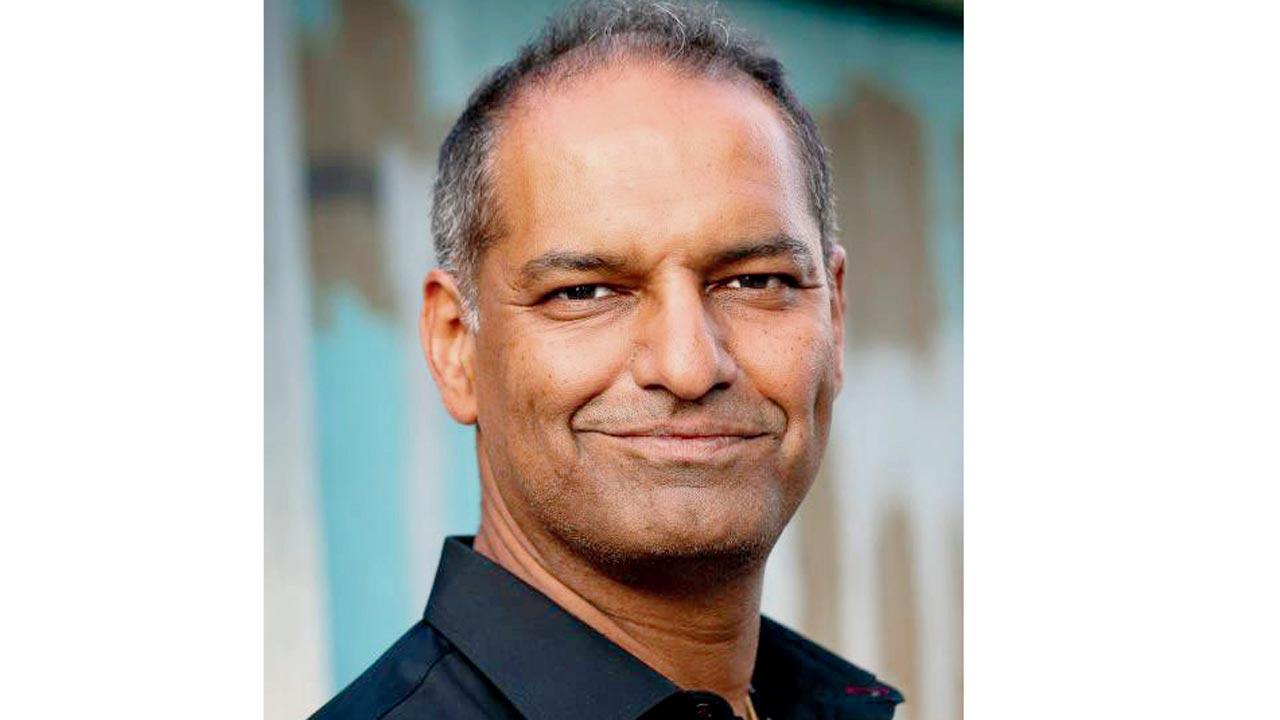When you remember a painful episode, are you imagining it or recalling it? A cognitive neuroscientist’s fascinating new book on the fundamental functioning of human memory studies its relationship with imagination, identity and growth

Two people remember the same experience differently, because our memory only offers glimpses of the past, “but then, we reconstruct those bits and pieces into stories.” Representation pic; (right) Ranganath writes that since the early 1990s, the sport of competitive memory has grown exponentially around the world. Yänjaa Wintersoul is a Mongolian Swedish triple world-record holder and the first woman to compete on a World Memory Championship–winning team. She is most famous for a 2017 viral video in which she memorized IKEA’s entire furniture catalogue (328 pages of roughly five thousand products) in less than a week
Reframing isn’t about changing your memory, but rather changing your perspective,” says Dr Charan Ranganath. “Memory can give us glimpses of the past, but then, we reconstruct those bits and pieces into stories about what transpired. And these stories are heavily filtered by our beliefs, goals, and perspective. That is why two people can often experience the same event and remember it in totally different ways.”
Fortunately, he assures us, memory is flexible enough to allow us to change our perspective, so that we can look at the same event in different ways. “For instance, suppose my boss yelled at me in front of my co-workers. If I framed that event as an indicator of my incompetence on the job, I might focus on recalling his criticisms. But if I knew that my boss was going through a painful divorce, I might remember the event differently, focusing more about how he looked dishevelled, like he hadn’t slept in days. It’s the same episode, but our interpretations can dramatically reshape how we remember it. A good therapist will not enforce a particular interpretation, but simply point out other ways in which someone could interpret the same event.”
ADVERTISEMENT
Ranganath, who is the Director of the Memory and Plasticity Programme, Department of Psychology and Neuroscience at the University of California at Davis, and Director of the university’s Dynamic Memory Lab, a world-leading research laboratory, writes in his new book, Why We Remember: The Science of Memory and How it Shapes Us (Faber), how memory shapes our lives and identities, influences our choices and can even be used to navigate our futures. He speaks of memory updating—the strengthening, weakening or modifying of memories—as being at the heart of psychotherapy, which is fundamentally about changing connections we made in the past in the face of new information. “If we can harness remembering to reframe the way we look at the past, we can update our painful memories so that we experience them in a more tolerable way, possibly leading us to growth.”
 Charan Ranganath
Charan Ranganath
There can be risks when we dig for memories, he points out, although these are significantly different from the reframing of emotional memories that give rise to negative feelings, like anxiety and stress. “Because it can be challenging to differentiate between memory and imagination, people can sometimes reconstruct events inaccurately, and when the event is recalled over and over again, that memory could get corrupted. For example, there are a number of cases when police officers repeatedly asked a witness to remember what they saw, and when the officers provided their own information about the suspect, this information became incorporated into the witness’s memory. We see similar outcomes in situations where a psychotherapist is actively pushing a patient to look for traumatic memories that they are not currently reporting. If the therapist encourages the patient to imagine things that could have happened, they can eventually generate memories for abuse experiences that are distorted or even false.”
Ranganath, who has been recognised with numerous awards, including a Guggenheim Fellowship and the Leverhulme Professorship at the University of Cambridge, has spent over 25 years studying the intricate mechanisms of memory. “I’ve managed to stay interested in this subject after all these years because just when I become complacent about ‘figuring it out’, I am faced with findings that challenge my core assumptions. If you’re doing science right, you should be wrong occasionally, and those are opportunities for ‘aha’ moments. For instance, I used to think of the brain as a collection of specialised areas, but then, I ran across studies that got me to think about how networks of brain areas might interact with one another. Over the course of my career, I’ve found that progress usually comes not in the form of answers, but rather in the form of better questions,” he shares.
Ranganath writes about several scientific breakthroughs in his book, from experiments that suggested a parallel between imagination and memory to Estonian-born psychology professor Endel Tulving’s differentiation of episodic memory (allows us to recall events from the past) from semantic memory (enables us to recall facts or knowledge about the world, regardless of when and where that information was learned). But the one that he considers among the most significant was the ability to read out patterns of brain activity to identify how different brain areas store memories. “When you look at functional MRI experiments, you can see that in any brain area, there are subtle differences in the pattern of activity when people are recalling different kinds of information. I used to think this was just random error or ‘noise.’ But after talking with other researchers, I began to ask whether the patterns of activity might be more like a QR code, providing an index to the content of a memory. For instance, I might have one pattern of brain activity when recalling something involving my brother Ravi, and a different one when recalling something about my dog Blondie.”
He also writes compellingly about how research into the Default Mode Network (DMN), a set of neocortical areas which are turned on by default whenever we disengage from the outside world, has potential importance for our understanding of Alzheimer’s and other neurodegenerative diseases. The protein amyloid accumulates in the DMN in about 20 per cent of older adults long before symptoms show up and the only way to develop useful treatments for Alzheimer’s are to administer drugs to people who are at risk at this preclinical stage.
While pointing out that he is not an expert on Alzheimer’s pathology per se, Ranganath notes the widespread recognition of the fact that neurodegenerative disease can start years before symptoms are obviously apparent, and as many as one in five people over the age of 70 might meet criteria for preclinical Alzheimer’s Disease (AD). “Fortunately, not everyone in the preclinical stage converts to full-blown AD, but the risk is much higher. In the book, I point out that if you wait to administer treatment for AD until someone is in its early stages, the battle is already lost. Because the brain pathology is so significant by that point that you can’t retrieve the neurons you’ve lost.”
 Subscribe today by clicking the link and stay updated with the latest news!" Click here!
Subscribe today by clicking the link and stay updated with the latest news!" Click here!








